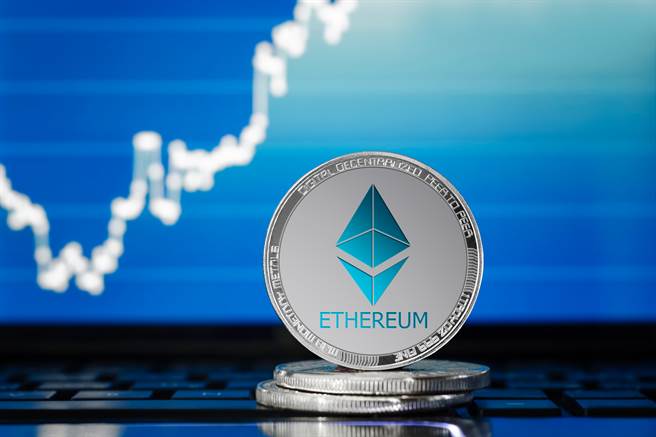In the dynamic realm of cryptocurrency, 以太幣價格 has emerged as a true trailblazer, revolutionizing the way we perceive decentralized platforms and smart contracts. Since its inception, Ethereum has been much more than just a digital currency; it’s a decentralized supercomputer that empowers developers to build applications and execute complex transactions through its innovative blockchain technology.
Ethereum’s breakthrough came with the introduction of smart contracts, self-executing agreements with the terms of the contract directly written into code. This innovation opened doors to a multitude of possibilities, from decentralized finance (DeFi) applications that enable lending, borrowing, and yield farming, to non-fungible tokens (NFTs) that have redefined digital ownership and provenance.
The Ethereum community’s journey has not been without challenges. One of the most significant hurdles has been scalability. The network has at times become congested, causing transaction fees to soar—a limitation popularly referred to as the “gas fee” problem. However, Ethereum’s developers have been diligently working on Ethereum 2.0, a major upgrade that aims to shift the network from a proof-of-work to a proof-of-stake consensus mechanism, greatly enhancing scalability, security, and sustainability.
Ethereum’s impact reaches beyond the realms of technology. It has spurred a wave of innovation, birthing an entire ecosystem of cryptocurrencies and tokens built on its blockchain. Initial Coin Offerings (ICOs) and later Security Token Offerings (STOs) became popular fundraising methods, enabling startups to raise capital without traditional intermediaries. While regulatory scrutiny has evolved in response to these trends, Ethereum’s influence on the fundraising landscape remains profound.
As we gaze into Ethereum’s future, the possibilities seem boundless. With its transition to Ethereum 2.0 underway, the network is poised to overcome its scalability limitations, potentially opening the floodgates for broader adoption and new use cases. The integration of Layer 2 solutions and advancements in interoperability could propel Ethereum into a truly global and interconnected platform.

